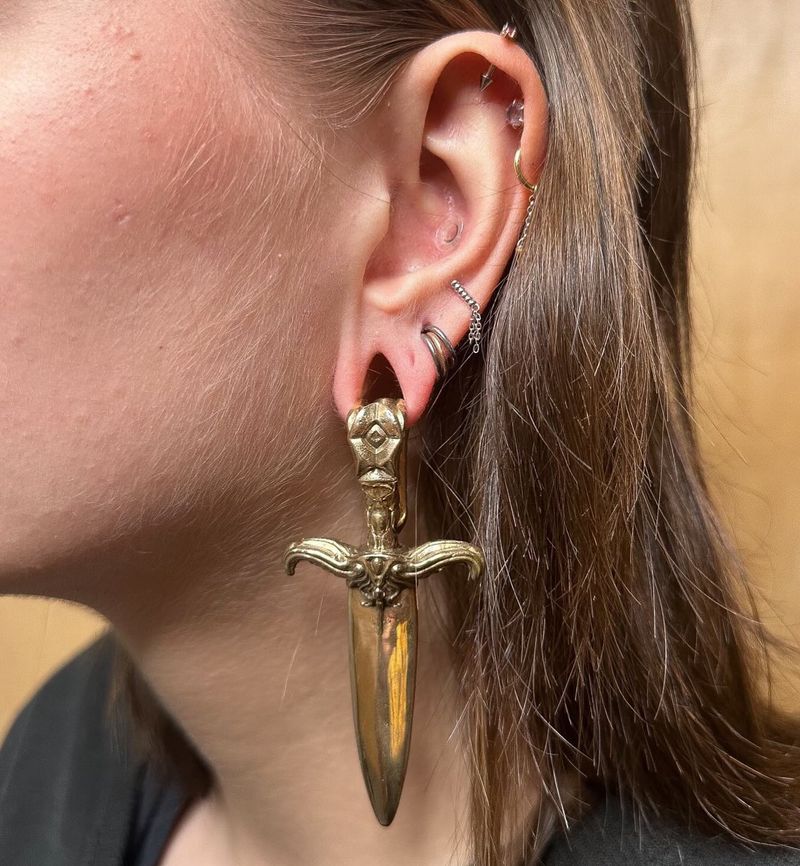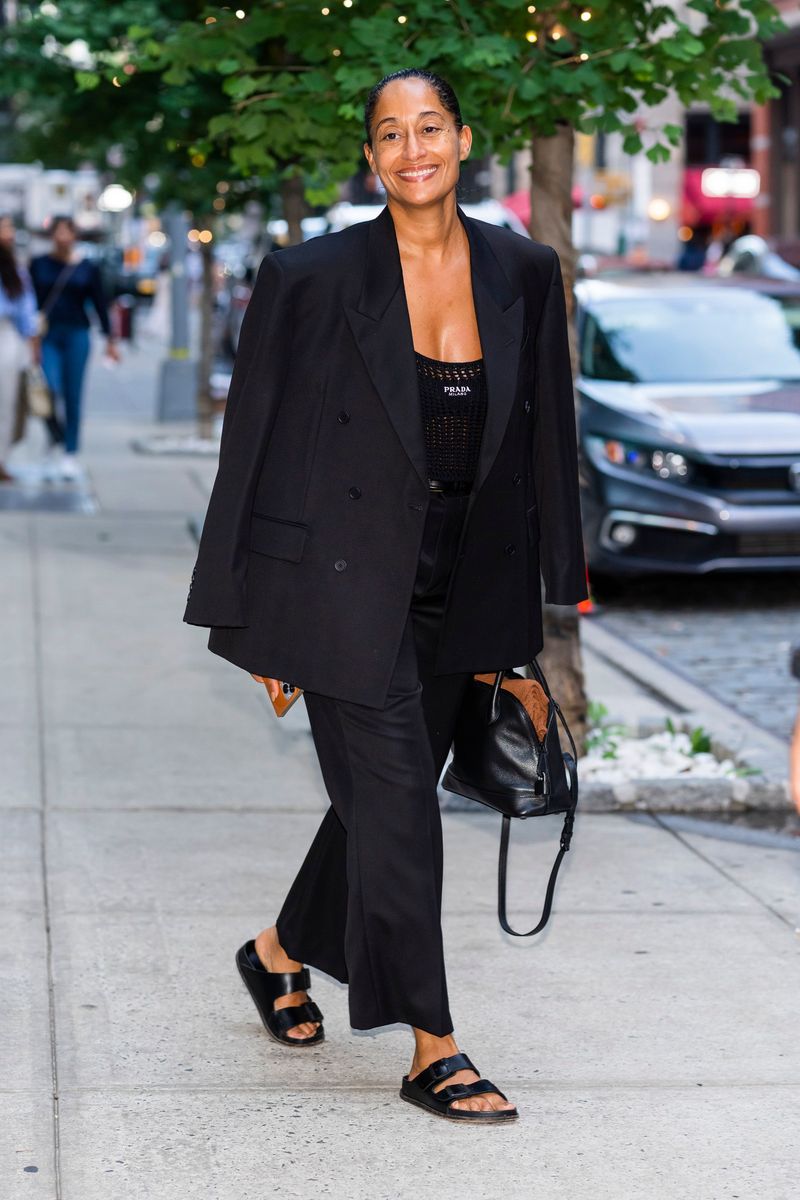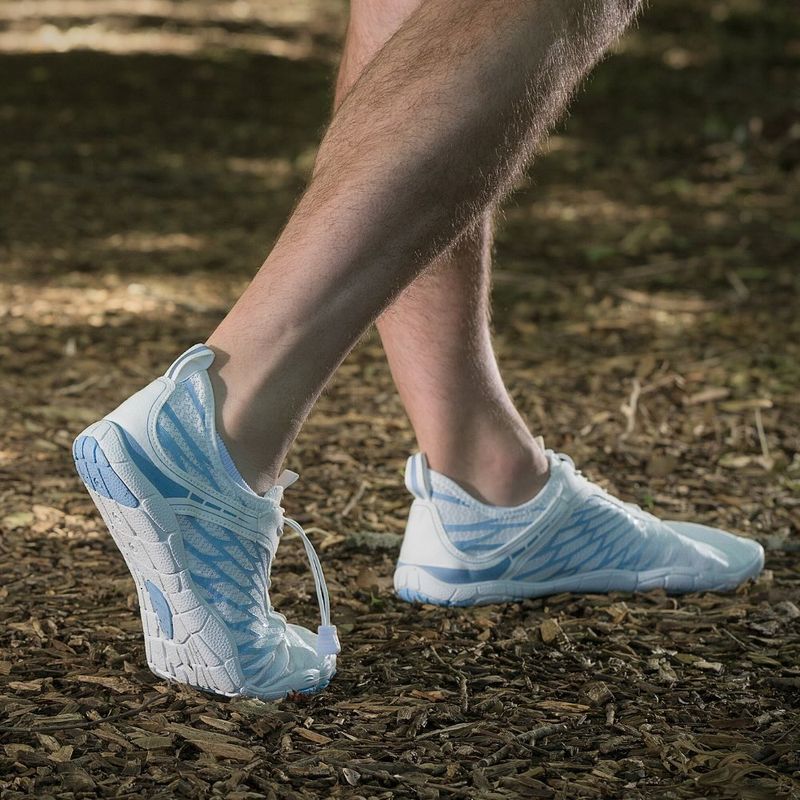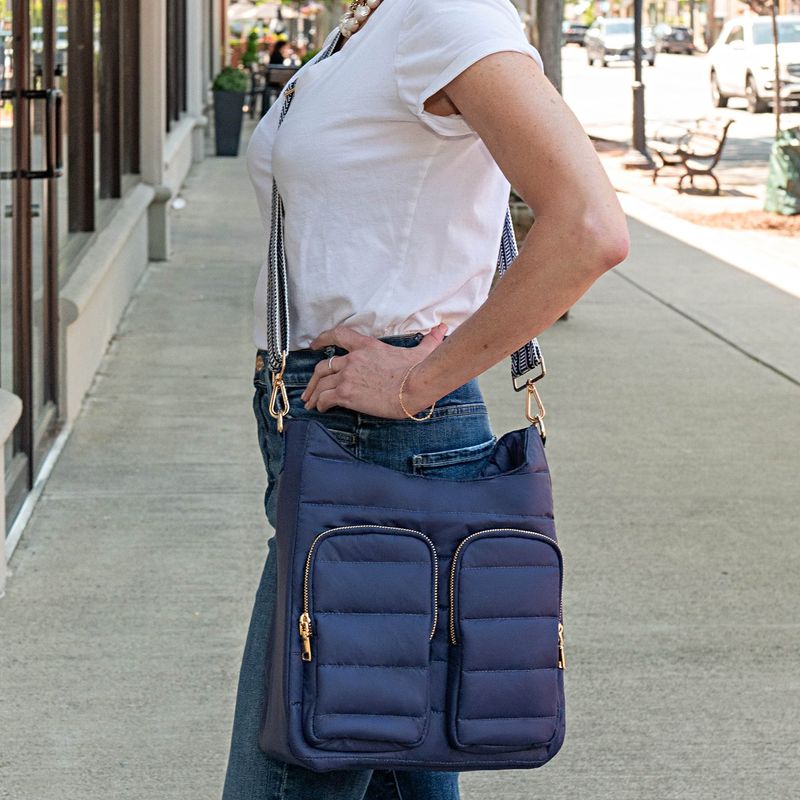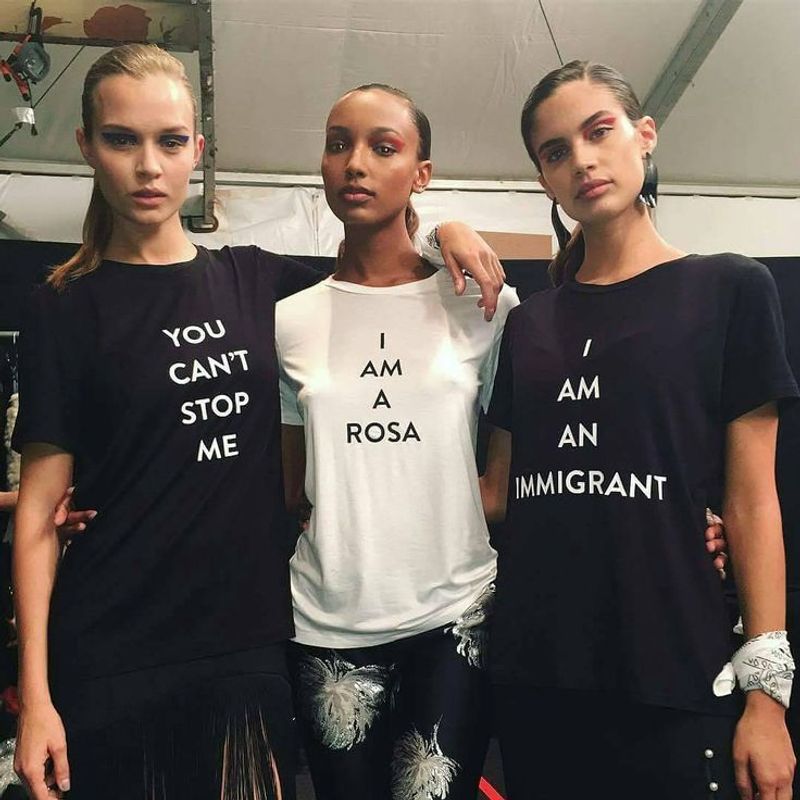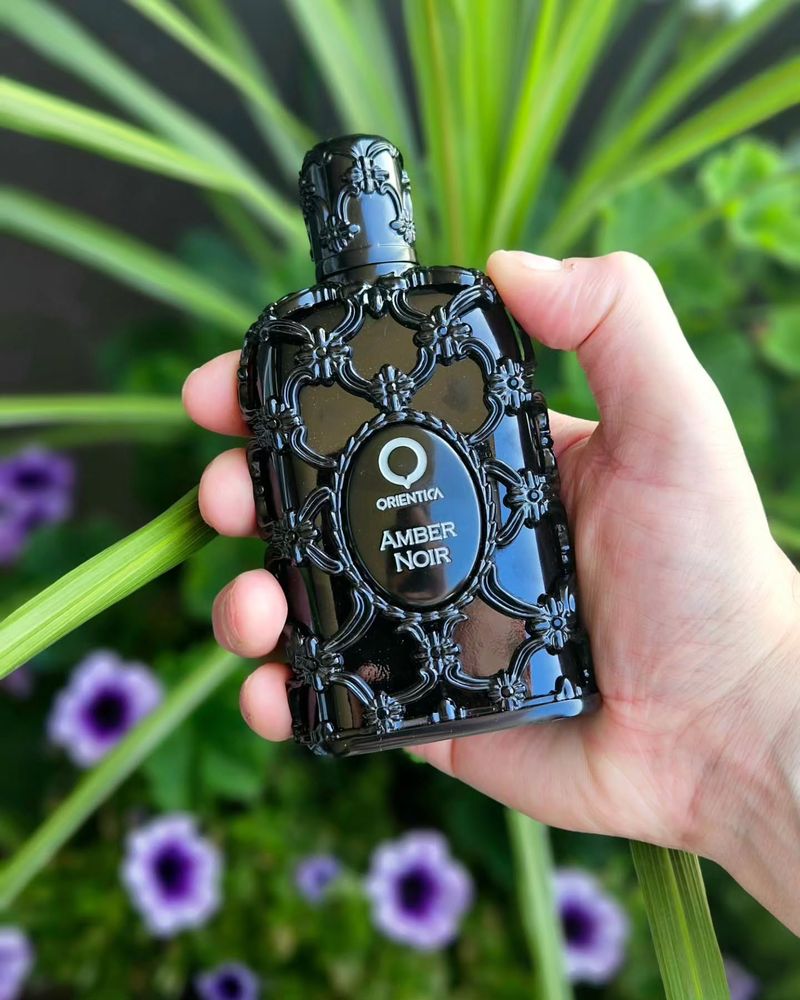10 Things You Should Avoid Wearing When Traveling Solo
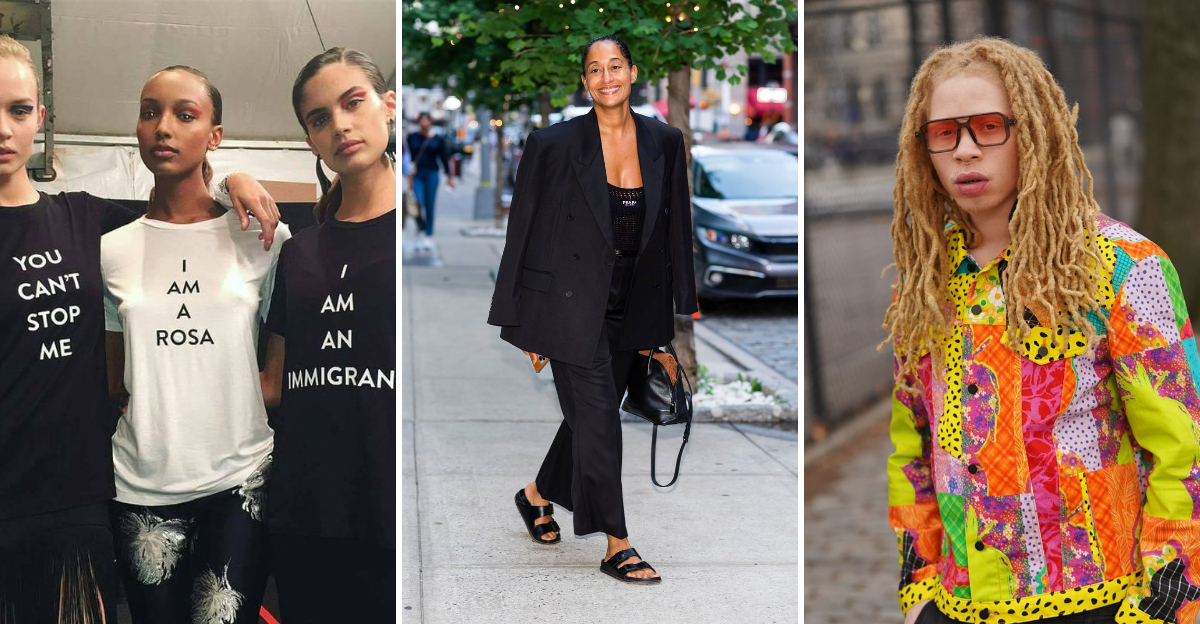
There’s something incredibly empowering about solo travel — the freedom, the spontaneity, the sense of discovery.
But let’s be honest, it also comes with its own set of challenges, and what you wear can make a bigger difference than you think.
Through my solo adventures, I’ve learned that some outfit choices can invite the wrong kind of attention or simply make your day harder than it needs to be.
These tried-and-true tips will help you stay comfortable, confident, and just the right amount of under-the-radar wherever you go.
1. Flashy Jewelry That Screams ‘Rob Me!’
Nothing says “tourist with money” like diamonds dangling from your ears or a chunky gold watch catching sunlight from a mile away. I once wore my grandmother’s pearl necklace in Barcelona and got followed for three blocks by a suspicious character.
Keep your precious gems locked away at home. Opt for simple, inexpensive accessories if you must wear any at all. Even fake jewelry that looks expensive can make you a target for thieves who don’t know the difference until after they’ve snatched it.
A simple silicone watch and a plain wedding band (real or not) are usually safe choices when you want to accessorize without attracting unwanted attention.
2. Clothing With Designer Logos Plastered Everywhere
That Gucci belt or Louis Vuitton handbag might look fabulous on your Instagram feed, but it’s essentially a billboard announcing you’ve got money. During my trip to Thailand, I noticed how quickly street vendors raised their prices when they spotted designer logos on tourists.
Brand-free clothing helps you blend with locals and avoid being sized up based on perceived wealth. This doesn’t mean you can’t dress well – just choose quality pieces without the flashy labels. Remember, the goal is to experience new places authentically, not showcase your fashion collection. Save the logo-heavy items for when you’re back home or in settings where they won’t make you stand out as a target.
3. Revealing Outfits That Attract Unwanted Attention
While everyone deserves to wear what makes them comfortable, ultra-short shorts and plunging necklines can create problems when traveling alone. I learned this lesson in Istanbul when my bare shoulders drew uncomfortable stares and comments in more conservative neighborhoods.
Research local dress norms before packing. Many religious sites worldwide require covered shoulders, knees, and sometimes hair. Having a light scarf or cardigan handy can save you from being denied entry or feeling out of place.
This isn’t about judgment – it’s practical advice. Dressing somewhat conservatively often means fewer catcalls and unwanted interactions, letting you focus on enjoying your adventure rather than managing unwanted attention.
4. Impractical Footwear That Limits Your Freedom
Those gorgeous strappy heels might look fantastic in photos, but they’ll quickly become your worst enemy. After hobbling through cobblestone streets in Rome with blistered feet, I swore off fashion footwear for travel forever.
Solo travelers need to be ready for anything – sudden weather changes, unexpected detours, or quick escapes from uncomfortable situations. Uncomfortable shoes limit your mobility and independence, the very things that make solo travel rewarding.
Invest in quality walking shoes that don’t scream “tourist” – think stylish sneakers or comfortable boots that can handle miles of exploration. Your feet will thank you, and you’ll never find yourself stranded because you can’t walk another step in those cute but torturous sandals.
5. Loud Colors and Patterns That Make You Stand Out
That neon yellow jacket might help your friends spot you in a crowd back home, but it also makes you instantly identifiable as a tourist. When I wore my bright floral pants in Paris, I noticed pickpockets eyeing me from across the street – I was an easy mark to remember and track.
Neutral colors help you blend in with locals, making you less of a target for scammers and thieves. Gray, navy, black, and beige are your friends when traveling solo.
This doesn’t mean your wardrobe has to be boring! You can still express your style through subtle patterns and accessories. Just save those eye-catching Hawaiian shirts and hot pink pants for destinations where standing out doesn’t compromise your safety.
6. Open Bags That Invite Theft
Canvas totes might be trendy, but they’re basically an open invitation for pickpockets. My friend lost her wallet, phone, and passport from an open-top bag during a solo trip to Barcelona – all without feeling a thing.
Always choose bags with zippers, preferably with anti-theft features like RFID blocking, slash-proof materials, and locking zippers. Cross-body styles that you can keep in front of you offer better protection than backpacks, which you can’t see while wearing.
For extra security in high-risk areas, consider a money belt worn under your clothes for important documents and extra cash. It’s not about being paranoid – it’s about removing easy opportunities that make you a target when you’re on your own.
7. Offensive Slogans or Political Statements
That funny t-shirt with the crude joke might crack up your friends, but it could land you in hot water abroad. I once saw a fellow traveler detained at customs because his shirt contained political messaging that was illegal in that country.
What seems harmless in your home country might be deeply offensive or even illegal elsewhere. This is especially true for clothing with religious jokes, sexual innuendo, or political statements.
Pack neutral clothing that won’t accidentally insult locals or draw negative attention. Remember that as a solo traveler, you don’t have the safety net of companions to help if your attire creates problems. When in doubt, keep it simple and respectful – you’re a guest in someone else’s home.
8. Restrictive Clothing That Limits Movement
Super skinny jeans might look great, but try running to catch a train or quickly moving away from a sketchy situation while wearing them. After missing a bus in Colombia because I couldn’t move fast enough in my tight skirt, I learned to prioritize mobility.
Solo travelers need clothing that allows quick movement in unexpected situations. Choose stretchy fabrics, relaxed fits, and designs that don’t constrain your movement.
This doesn’t mean you have to dress in baggy clothes – many brands now offer stylish options with hidden stretch panels or technical fabrics that look good while allowing full range of motion. Your safety might someday depend on your ability to move quickly, so dress accordingly.
9. Strong Perfumes That Draw Unwanted Attention
That signature scent might be part of your identity at home, but it creates a sensory trail that makes you easy to track. On a crowded train in India, I noticed a man following me from car to car, commenting on my perfume each time he got close.
Heavy fragrances can also trigger allergic reactions in enclosed spaces like planes and buses. Your seatmates might not appreciate being trapped next to strong scents for hours.
Stick to unscented deodorant and light, natural body products when traveling solo. If you can’t bear to go without fragrance completely, consider a very subtle scent applied sparingly, or save it for special evenings out rather than everyday exploration.
10. Culturally Insensitive Attire That Shows Disrespect
Wearing that Native American headdress to Coachella was inappropriate enough, but bringing culturally insensitive fashion choices abroad can create serious problems. I once witnessed a tourist denied entry to a temple in Thailand because she wore a Buddha-print bikini top, completely unaware of how offensive it was.
Research cultural taboos before packing. In many countries, religious symbols aren’t fashion statements, certain patterns may be reserved for specific occasions, or showing certain body parts may be deeply disrespectful.
As a solo traveler, you’re an ambassador for your country. Show respect for local customs through your clothing choices. This doesn’t mean abandoning your style – just being mindful of context and showing consideration for the cultures you’re privileged to experience.

